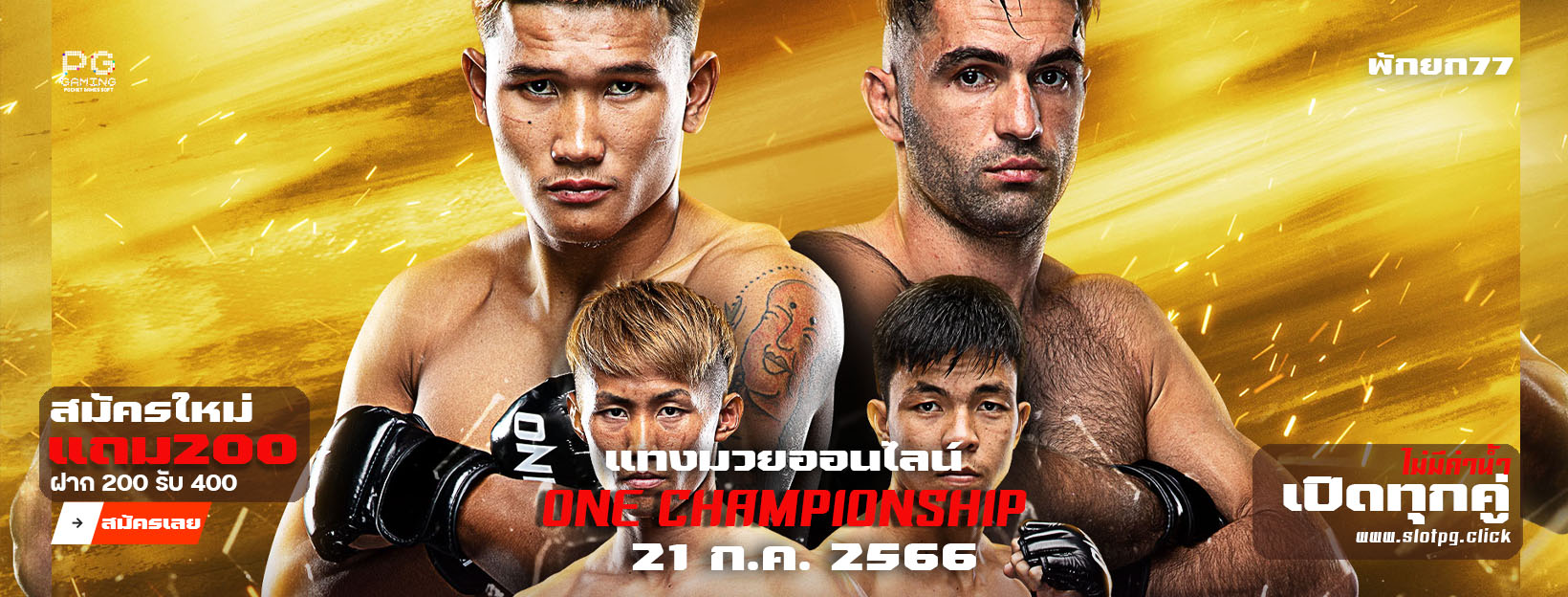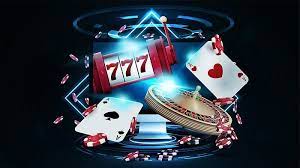Introduction:
A haircut is more than just a trim; it’s a transformative experience that can boost confidence, reflect personal style, and even signify a new chapter in one’s life. The art of haircutting goes beyond the tools used and encompasses the manetain curly hair, creativity, and communication between the stylist and the client. In this article, we’ll explore the various aspects of haircutting, from its historical roots to modern trends and the psychology behind choosing the perfect cut.
Historical Evolution of Haircutting:
The practice of haircutting dates back thousands of years, with evidence of various cultures developing their own unique styles and techniques. In ancient Egypt, for example, hairstyles often conveyed social status, while the Greeks and Romans used hair as a symbol of strength and virility. Throughout history, different societies have employed cutting and styling techniques to express identity, fashion, and cultural values.
The Renaissance period saw a revival of interest in grooming and personal appearance, leading to the emergence of professional barbers. Over time, the art of haircutting evolved, with the development of tools such as scissors and razors, transforming it from a basic necessity to a refined skill.
The Modern Haircutting Experience:
Today, the world of haircutting has become a fusion of tradition and innovation. Professional stylists use a variety of tools, from classic scissors to electric clippers and razors, to create diverse and personalized looks. Salons and barbershops have evolved into creative spaces where clients can explore trends, experiment with styles, and express their individuality.
Communication is key in the modern haircutting experience. Stylists engage in thorough consultations with clients, discussing preferences, lifestyle, and hair texture to ensure a customized and satisfying outcome. Understanding the psychology behind a haircut can help professionals create a look that not only suits the client’s physical features but also resonates with their personality and self-image.
Trends in Haircutting:
Haircutting trends are constantly evolving, influenced by fashion, pop culture, and individual creativity. From classic bobs to edgy pixie cuts, and from long layers to buzz cuts, there’s a wide array of styles to choose from. Balayage, ombre, and other coloring techniques also play a crucial role in enhancing the overall haircut, adding depth and dimension to the hair.
Cultural diversity and inclusivity have become prominent themes in the world of haircutting, with styles inspired by various ethnic backgrounds gaining popularity. The celebration of natural textures, curls, and afros reflects a broader acknowledgment of beauty in its many forms.
The Psychological Impact of a Haircut:
A haircut is more than a physical transformation; it can have a profound psychological impact on an individual. A well-executed haircut has the power to boost confidence, enhance self-esteem, and even symbolize a fresh start. Whether it’s a subtle trim or a drastic change, the act of cutting one’s hair often coincides with a desire for renewal and personal growth.
Conclusion:
The art of haircutting is a dynamic and ever-evolving field that spans centuries of cultural and stylistic influences. From ancient civilizations to modern trends, the haircutting experience has transformed into a personalized and collaborative process between stylist and client. As we continue to celebrate the diversity of hairstyles and embrace the psychological benefits of a good haircut, it’s clear that this age-old practice will remain an integral part of our evolving expressions of identity and self-discovery.




